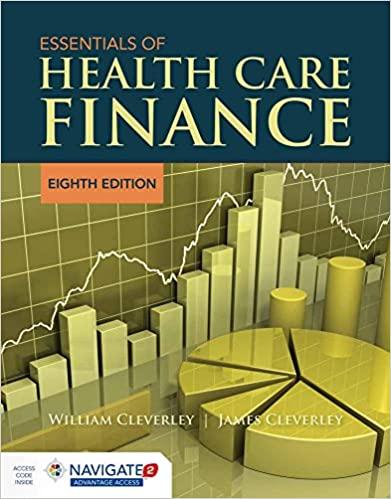Question
will rate if answer all questions and correct a.What is the value of the bond if the market's required yield to maturity on a comparable-risk

will rate if answer all questions and correct
a.What is the value of the bond if the market's required yield to maturity on a comparable-risk bond is 8 percent?
b. (i)What is the value of the bond if the market's required yield to maturity on a comparable-risk bond increases to 10 percent?
b. (ii)What is the value of the bond if the market's required yield to maturity on a comparable-risk bond decreases to 7 percent?
c.The change in the value of a bond caused by changing interest rates is called interest-rate risk. Based on the answers in part b, a decrease in interest rates (the yield to maturity) will cause the value of a bond to increase; by contrast, an increase in interest rates will cause the value to -increase/decrease-?
Also, based on the answers in part b,if the yield to maturity (current interest rate):
c.1 equals the coupon interest rate, the bond will sell at -par/ a discount/ a premium-?
c.2 exceeds the bond's coupon rate, the bond will sell at -par/ a discount/ a premium-?
c.3 is less than the bond's coupon rate, the bond will sell at -par/ a discount/ a premium-?
d.Assume the bond matures in 5 years instead of 30 years, what is the value of the bond if the yield to maturity on a comparable-risk bond is 6 percent?
d.1 Assume the bond matures in 5 years instead of30 years, what is the value of the bond if the yield to maturity on a comparable-risk bond is 12 percent?
d.2 Assume the bond matures in 5 years instead of 30 years, what is the value of the bond if the yield to maturity on a comparable-risk bond is 5 percent?
E. From the findings in part d, we can conclude that a bondholder owning a long-term bond is exposed to- more/the same/less -interest-rate risk than one owning a short-term bond.
(Bond valuation relationships) Arizona Public Utilities issued a bond that pays $70 in interest, with a $1,000 par value. It matures in 30 years. The market's required yield to maturity on a comparable-risk bond is 8 percent. a. Calculate the value of the bond. b. How does the value change if the market's required yield to maturity on a comparable-risk bond (1) increases to 10 percent or (ii) decreases to 7 percent? c. Explain the implications of your answers in part b as they relate to interest-rate risk, premium bonds, and discount bonds. d. Assume that the bond matures in 5 years instead of 30 years. Recompute your answers in parts a and b. e. Explain the implications of your answers in part d as they relate to interest-rate risk, premium bonds, and discount bonds. a. What is the value of the bond if the market's required yield to maturity on a comparable-risk bond is 8 percentStep by Step Solution
There are 3 Steps involved in it
Step: 1

Get Instant Access to Expert-Tailored Solutions
See step-by-step solutions with expert insights and AI powered tools for academic success
Step: 2

Step: 3

Ace Your Homework with AI
Get the answers you need in no time with our AI-driven, step-by-step assistance
Get Started


